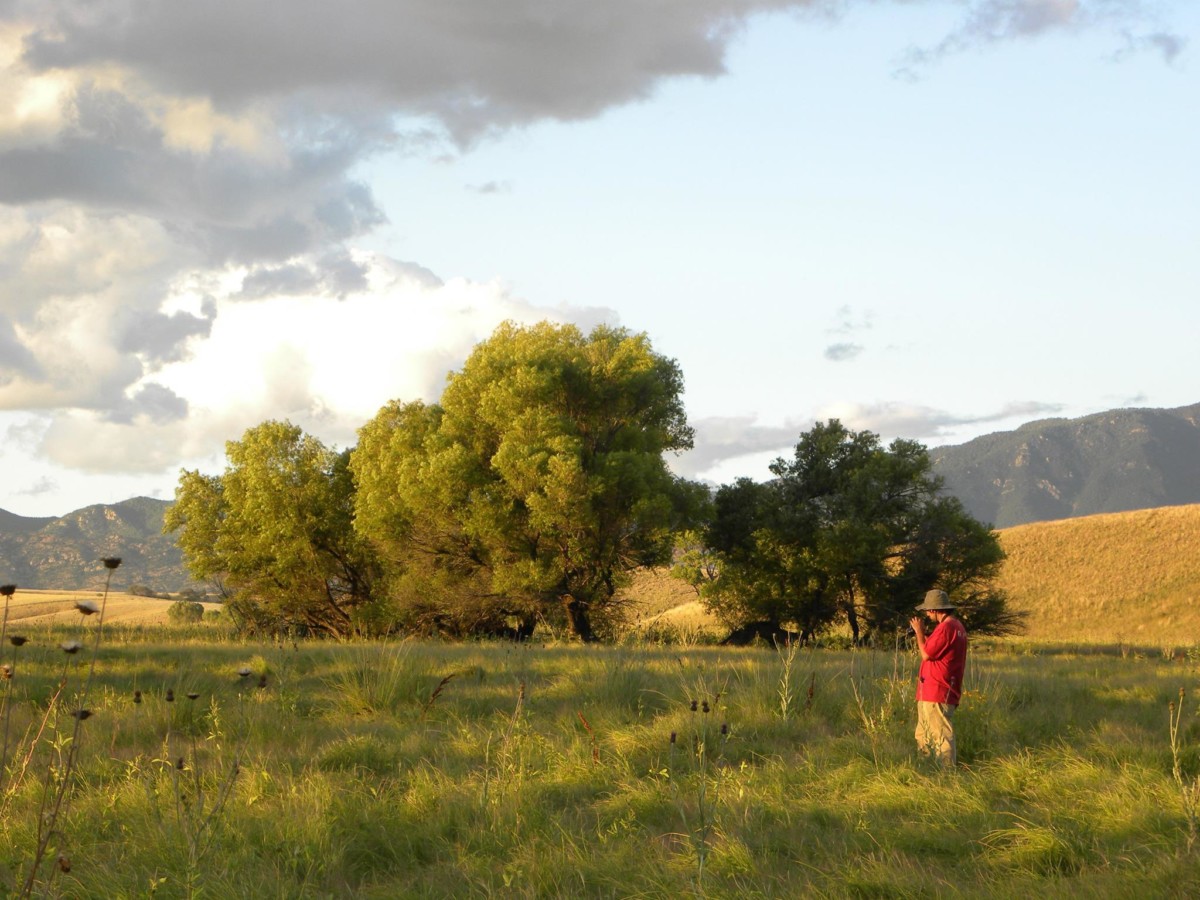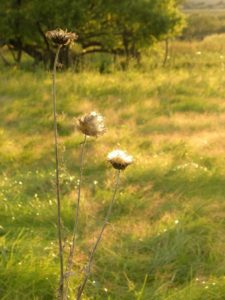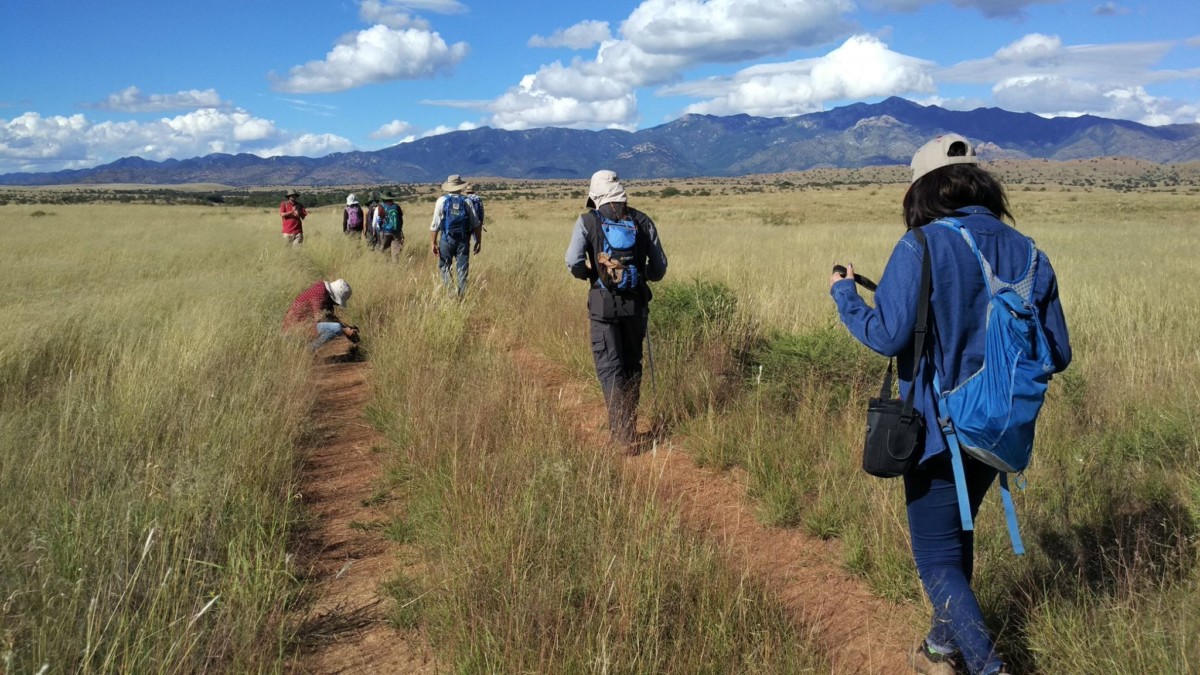
As we’ve discussed before, the land conservation between the US and Mexico is quite different, so through this series of blog posts, we aim to help you understand Mexico’s land conservation system. We’ve already introduced you to a federal protected area called APFF Bavispe, and now we’d like to introduce you to another type of natural reserve, an Area Voluntarily Dedicated to Conservation (ADVC).
“Only about 28 percent of the land within Mexico’s conservation areas is federally owned; most land within their boundaries is owned by ranchers, or managed as collectives for two kinds of rural communities (ejidos and comunidades)” Ring et al. explained in this High Country News article. This means that in order to protect the rest of the land, the Mexican government must work with private landowners to steer them into conservation-compatible activities that are also economically viable for the landowner. 
One of the systems created to incentivize natural resource conservation among private landowners is the program called Áreas Destinadas Voluntariamente a la Conservación (Areas Voluntarily Dedicated to Conservation). Mexico’s government describes the ADVC system as a “certification”, through which landowners implement their desired (and compatible) land use while also dedicating their land to environmental conservation. In this way, landowners care for and maintain natural resources without losing ownership or control over their lands. To achieve this, landowners rely on the National Commission of Natural Protected Areas (CONANP), to provide support and advice for the certification. One such area is Rancho Los Fresnos near Cananea, Sonora.
 As High Country News describes, Rancho Los Fresnos is 10,000 acres of grasslands in the Upper San Pedro River watershed, bought by The Nature Conservancy in 2005 and handed off to Naturalia. Wild Sonora further elaborates that Rancho Los Fresnos has some of the nicest grasslands in all of Sonora and is actively managed by Naturalia. It is mostly ungrazed and has had natural fire regimes returned. Naturalia describes that Rancho Los Fresnos is protecting the largest and most important cienega of the region, as well as multiple riparian areas of great importance to the local wildlife. Specifically, the almost 400 species of migratory birds that are found in that migratory corridor.
As High Country News describes, Rancho Los Fresnos is 10,000 acres of grasslands in the Upper San Pedro River watershed, bought by The Nature Conservancy in 2005 and handed off to Naturalia. Wild Sonora further elaborates that Rancho Los Fresnos has some of the nicest grasslands in all of Sonora and is actively managed by Naturalia. It is mostly ungrazed and has had natural fire regimes returned. Naturalia describes that Rancho Los Fresnos is protecting the largest and most important cienega of the region, as well as multiple riparian areas of great importance to the local wildlife. Specifically, the almost 400 species of migratory birds that are found in that migratory corridor.
The grassland and forest complex provide habitat for a wide variety of species that include 68 amphibians and reptiles, and 87 mammals, some of which are:
- White tail deer (Odocoileus virginianus)
- Mule deer (Odocoileus hemionus)
- Puma (Puma concolor)
- Bobcat (Lynx rufus)
- AND Beavers!
One of Mexico’s most threatened mammals, the beaver (Castor canadensis) recolonized Rancho Los Fresnos thanks to successful populations from Arizona. According to Naturalia, this species had disappeared from Mexico for more than 100 years!
In the past, Sky Island Alliance has worked with Naturalia in Rancho Los Fresnos to mitigate the effects of soil erosion, establish fertile islands and connect their staff with Coronado National Memorial staff, an American protected area just on the other side of the border from Rancho Los Fresnos. Stay tuned for upcoming volunteer opportunities in Rancho Los Fresnos!
Sources
Ring, Ray, et al. “High Country News.” How Conservation Works South of the Border (A Sampling of Conservation Efforts in Northwest Mexico) – High Country News – Know the West, 30 Apr. 2012, www.hcn.org/issues/44.7/a-mexican-rancher-struggles-to-shift-from-cattle-to-conservation/how-conservation-works-south-of-the-border/@@gallery_view?b_start%3Aint=4#body.

